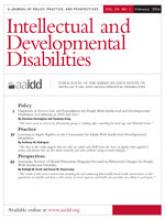Background: Individuals who receive long-term services and supports (LTSS) are among the most costly participants in the Medicare and Medicaid programs.
Objectives: To compare health care expenditures among users of Medicaid home and community-based services (HCBS) versus those using extended nursing facility care.



